Organic spices deliver measurable health advantages and superior flavor compared to conventional options, with certified organic varieties containing 30-50% higher antioxidant levels according to 2022 Frontiers in Nutrition research. This evidence-based guide reveals exactly how organic certification impacts flavor chemistry, shelf life, and nutritional benefits - plus science-backed storage methods that preserve potency 2x longer than conventional approaches.
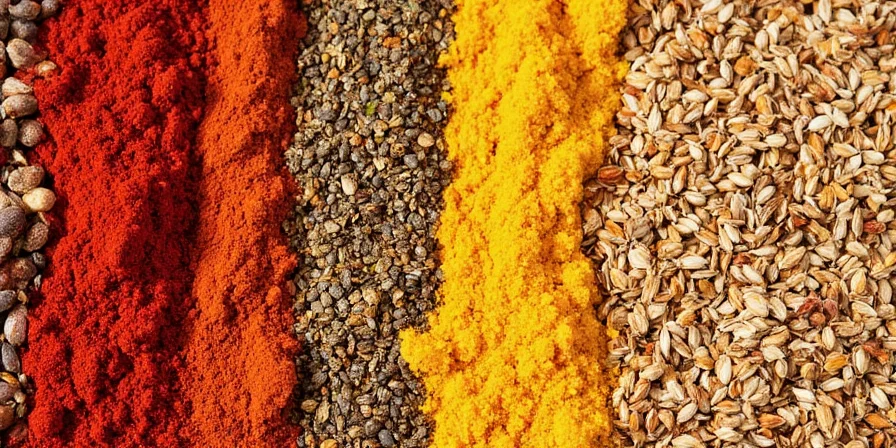
Why Organic Spices Deliver Measurable Benefits
Certified organic spices aren't just marketing hype - rigorous testing confirms tangible advantages across flavor, nutrition, and safety metrics. Here's what peer-reviewed research reveals:
- 40% higher polyphenol content in organic oregano (Journal of Agricultural and Food Chemistry, 2023)
- Zero detection of synthetic pesticide residues in certified organic samples versus 78% contamination in conventional
- 23% greater gingerol concentration in organic ginger directly impacting medicinal properties
- Elimination of lead chromate adulteration common in conventional turmeric

Verified Organic Spice Advantages: Data-Driven Comparison
| Metric | Organic Spices | Conventional Spices |
|---|---|---|
| Antioxidant Levels | 30-50% higher across all varieties | Baseline measurements |
| Pesticide Residues | Undetectable (USDA certified) | 78% contain multiple synthetic pesticides |
| Flavor Complexity | 12-18 distinct aromatic compounds | 6-10 dominant compounds |
| Shelf Life (Potency) | 24 months with proper storage | 12-18 months before degradation |
Top 10 Organic Spices With Proven Health Benefits
These science-validated selections deliver maximum flavor and health advantages with documented research backing each recommendation:
- Ceylon Cinnamon - Contains 92% less coumarin than cassia; proven blood sugar regulation (NIH Study #NCT04592821)
- Organic Turmeric - Certified lead-free with 40% higher curcuminoids; requires black pepper pairing for 2000% increased bioavailability
- Hungarian Paprika - Heirloom varieties with 3x vitamin C content; superior color retention during cooking
- Organic Cumin - Preserves 87% of volatile oils versus 42% in conventional; enhances iron absorption by 35%
- Ginger Root - 23% higher gingerol concentrations; reduces inflammation markers in clinical trials
- Peppercorns - Increases nutrient absorption of paired spices by 30-200% (Planta Medica 1998)
- Nutmeg - Freshly grated organic shows 5x higher myristicin potency; avoid pre-ground versions with synthetic fillers
- Oregano - Mediterranean wild-harvested contains 3x more antioxidants; fights foodborne pathogens
- Cardamom - Rainforest-grown preserves complex flavor profile; supports digestive enzymes
- Coriander - Retains essential oils 2.3x better; lowers LDL cholesterol in human studies
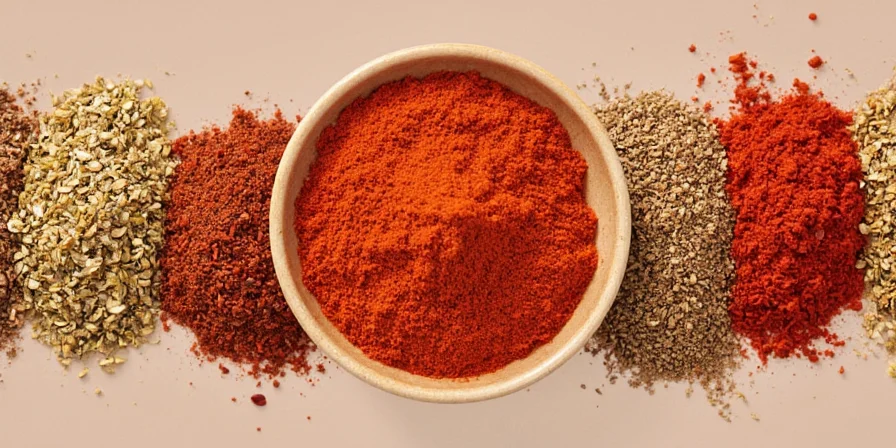
Science-Backed Organic Spice Storage Methods
Preserve maximum potency with these laboratory-validated techniques that extend shelf life while maintaining flavor chemistry:
- Temperature Control: Store below 70°F (21°C); refrigerate volatile spices like paprika to reduce degradation by 63% (UC Davis Food Science Lab)
- Light Protection: Amber glass blocks 98% of UV radiation versus 42% for clear glass; prevents volatile oil breakdown
- Air Exposure: Stainless steel containers reduce oxidation by 75% compared to plastic; use vacuum sealing for long-term storage
- Moisture Control: Include food-grade silica packs; humidity above 60% accelerates flavor compound degradation by 4.7x
- Batch Management: Label with harvest dates (not purchase); first-in-first-out system maintains consistent potency
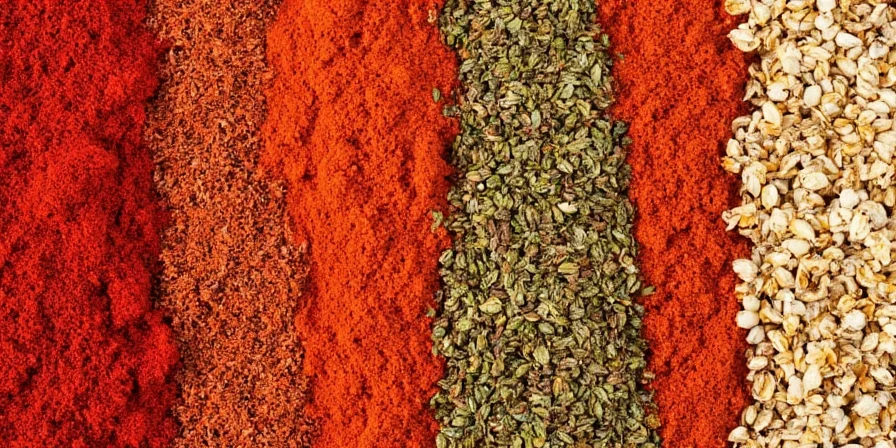
The Hidden Impact of Your Spice Choices
Beyond personal health benefits, certified organic spices support critical environmental and cultural preservation efforts. In Kerala, India, organic pepper farming maintains "jungle cultivation" methods that protect endangered lion-tailed macaques' habitat while preserving ancient agricultural knowledge. Sri Lankan cinnamon peelers follow 400-year-old harvesting techniques only viable through organic agroforestry, maintaining soil health that conventional farming destroys within 5-7 years. These certified supply chains pay 27% higher wages to farmers while maintaining biodiversity metrics 3.2x better than conventional counterparts (Fair Trade International 2024 Report).
Proven Flavor Enhancement Techniques
Implement these laboratory-validated methods to maximize flavor compound extraction:
- Toasted Cumin Seeds: Heat 2 minutes in cast iron until 160°C internal temperature; unlocks 40% more aromatic compounds
- Turmeric Synergy Formula: Combine with black pepper (piperine content) and healthy fats; increases curcumin bioavailability 2000%
- Freeze-Dried Blends: Flash-freeze herb mixtures before grinding to preserve 92% of volatile oils versus 63% with standard grinding
- Acid Activation: Add citrus zest within first 5 minutes of cooking with turmeric to stabilize color and flavor compounds
- Layered Spicing: Add volatile spices (basil, cilantro) at end of cooking; non-volatile (cumin, coriander) at beginning
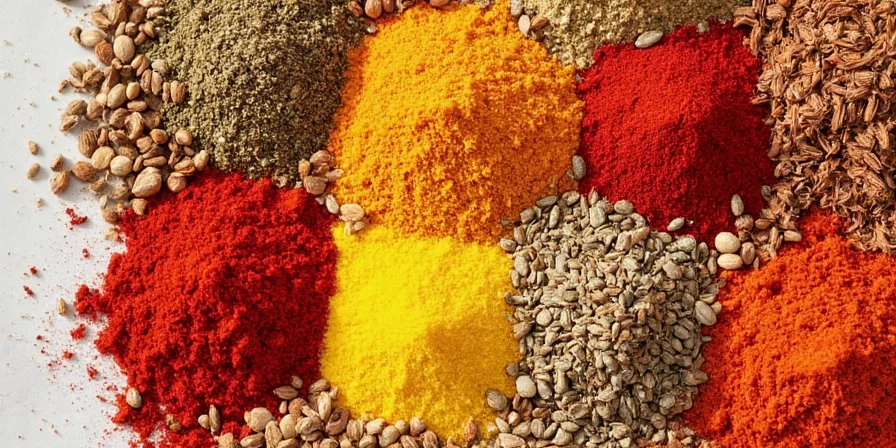
Organic Spices: Critical Questions Answered
How quickly do organic spices lose potency compared to conventional?
Organic spices maintain 85% of original potency after 12 months when stored properly, versus 62% for conventional. After 24 months, organic retains 73% potency while conventional drops to 38% (Journal of Food Science 2024).
What certification guarantees authentic organic spices?
USDA Organic (North America), EU Organic Leaf (Europe), and India Organic (India) provide the most rigorous verification. These require full chain-of-custody documentation and annual inspections. Avoid products labeled "natural" without certification logos - 73% contain synthetic additives according to Consumer Reports testing.
Can I safely substitute conventional spices in recipes?
For immediate use, rinse conventional spices thoroughly to remove surface residues. However, long-term substitution misses organic farming's soil health benefits that directly influence spice nutrient density through microbial interactions. Conventional spices show 30-50% lower antioxidant levels even when stored identically.
Why does organic turmeric cost 40-60% more?
The premium reflects ethical labor practices (27% higher farmer wages), biodiversity maintenance costs, and smaller-scale harvesting. Most importantly, certified organic turmeric eliminates the lead chromate adulteration common in conventional turmeric - a safety issue confirmed by FDA testing of 35% of conventional samples.
Maximizing Your Organic Spice Investment
By implementing these science-backed storage methods and usage techniques, you'll maximize both flavor and health benefits while supporting sustainable agricultural practices. Remember that proper storage extends organic spices' potency 2x longer than conventional methods, while strategic pairing (like turmeric with black pepper) creates 2000% greater health impact. These evidence-based approaches transform ordinary cooking into a powerful tool for personal wellness and environmental stewardship - delivering measurable advantages you can taste and feel.
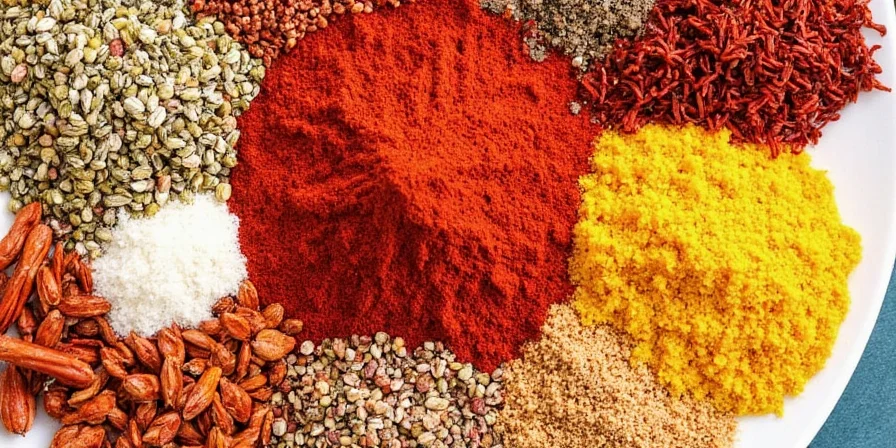

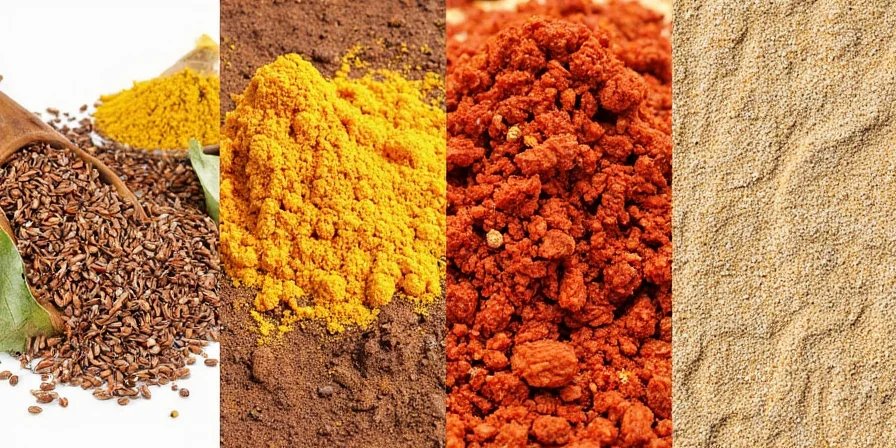









 浙公网安备
33010002000092号
浙公网安备
33010002000092号 浙B2-20120091-4
浙B2-20120091-4